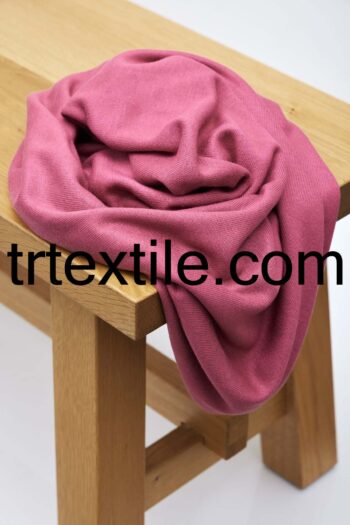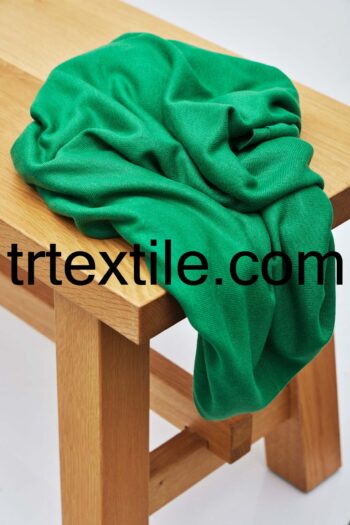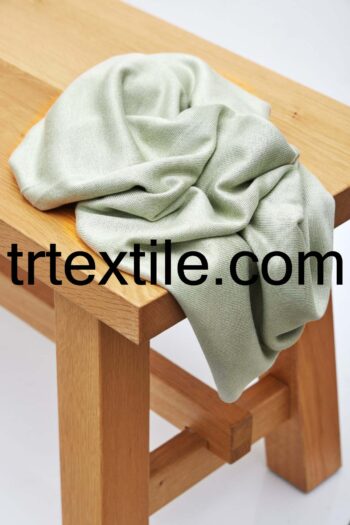-
beige knitwear fabric
$405,00Original price was: $405,00.$380,00Current price is: $380,00. -
black knitwear fabric
$405,00Original price was: $405,00.$380,00Current price is: $380,00. -
dark green knit fabric
$405,00Original price was: $405,00.$380,00Current price is: $380,00. -
dusty rose knitwear fabric
$405,00Original price was: $405,00.$380,00Current price is: $380,00. -
ecru knitwear fabric
$405,00Original price was: $405,00.$380,00Current price is: $380,00. -
green knit fabric
$405,00Original price was: $405,00.$380,00Current price is: $380,00. -
light green knit fabric
$405,00Original price was: $405,00.$380,00Current price is: $380,00. -
pink knitwear fabric
$405,00Original price was: $405,00.$380,00Current price is: $380,00. -
purple knitwear fabric
$405,00Original price was: $405,00.$380,00Current price is: $380,00. -
sax blue knitwear fabric
$405,00Original price was: $405,00.$380,00Current price is: $380,00. -
white knitwear fabric
$405,00Original price was: $405,00.$380,00Current price is: $380,00. -
yellow knitwear fabric
$405,00Original price was: $405,00.$380,00Current price is: $380,00.
Knitwear fabrics are a versatile and comfortable option for clothing that can be worn year-round. From cozy sweaters to lightweight t-shirts, knit fabrics come in a variety of weights and textures to suit any style or occasion. In this article, we will explore the different types of knitwear fabrics, their characteristics, and how to care for them.
Types of Knitwear Fabrics:
1. Jersey Knit: Jersey knit is one of the most common types of knit fabrics and is often used for t-shirts, dresses, and other everyday clothing. It has a smooth, flat surface on the right side and loops on the wrong side. Jersey knit is typically made from cotton or a cotton blend, making it soft and comfortable to wear.
2. Rib Knit: Rib knit fabrics have raised vertical lines, or ribs, running along the length of the fabric. This type of knit is often used for cuffs, collars, and waistbands on garments. Rib knit fabrics are stretchy and have a good recovery, making them ideal for form-fitting clothing.
3. Cable Knit: Cable knit fabrics feature raised, twisted patterns that resemble cables or ropes. This type of knit is commonly used for sweaters, scarves, and other cold-weather accessories. Cable knit fabrics are thick and warm, making them perfect for layering in the winter months.
4. Jacquard Knit: Jacquard knit fabrics have intricate patterns or designs woven into the fabric. This type of knit is often used for sweaters, dresses, and other statement pieces. Jacquard knit fabrics can be made from a variety of fibers, including wool, cotton, and synthetic blends.
5. Pointelle Knit: Pointelle knit fabrics have small, delicate eyelet or lace-like patterns knit into the fabric. This type of knit is lightweight and airy, making it perfect for spring and summer garments. Pointelle knit fabrics are often used for tops, dresses, and lingerie.
Characteristics of Knitwear Fabrics:
– Stretch: Knit fabrics are known for their stretch and recovery, which allows for a comfortable and flattering fit. This makes knitwear fabrics ideal for garments that need to move with the body, such as activewear or loungewear.
– Breathability: Knit fabrics are typically more breathable than woven fabrics, making them a great choice for warm-weather clothing. The open knit structure allows air to circulate, keeping the wearer cool and comfortable.
– Drape: Knit fabrics have a natural drape that can enhance the silhouette of a garment. The weight and texture of the knit will determine how the fabric falls on the body, creating a flattering and elegant look.
– Versatility: Knitwear fabrics can be used for a wide range of clothing styles, from casual basics to high-end designer pieces. The versatility of knit fabrics makes them a popular choice for both everyday wear and special occasions.
Caring for Knitwear Fabrics:
To keep your knitwear fabrics looking their best, it is important to follow the care instructions on the garment label. Here are some general tips for caring for knitwear fabrics:
– Hand wash or machine wash on a gentle cycle with cold water to prevent stretching or shrinking.
– Use a mild detergent and avoid harsh chemicals or bleach that can damage the fibers.
– Lay flat to dry to maintain the shape of the garment and prevent stretching.
– Avoid hanging knitwear fabrics, as this can cause them to stretch out of shape.
– Store knitwear fabrics folded or rolled to prevent wrinkles and maintain their shape.
In conclusion, knitwear fabrics are a versatile and comfortable option for clothing that can be worn year-round. From cozy sweaters to lightweight t-shirts, knit fabrics come in a variety of weights and textures to suit any style or occasion. By understanding the different types of knitwear fabrics, their characteristics, and how to care for them, you can enjoy your knit garments for years to come.











